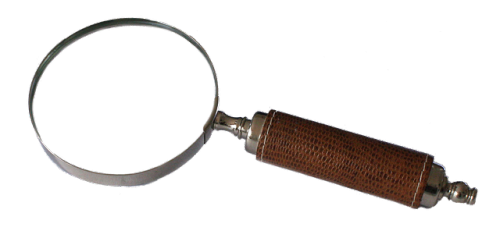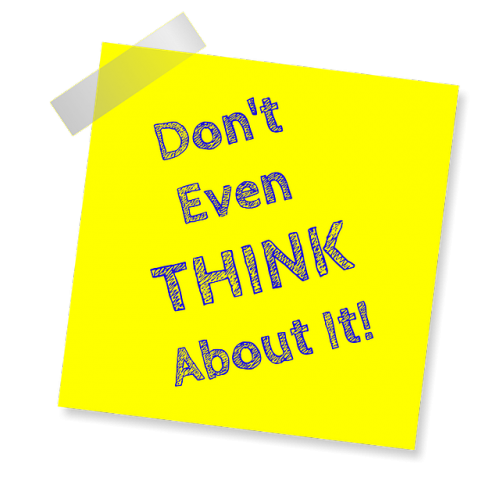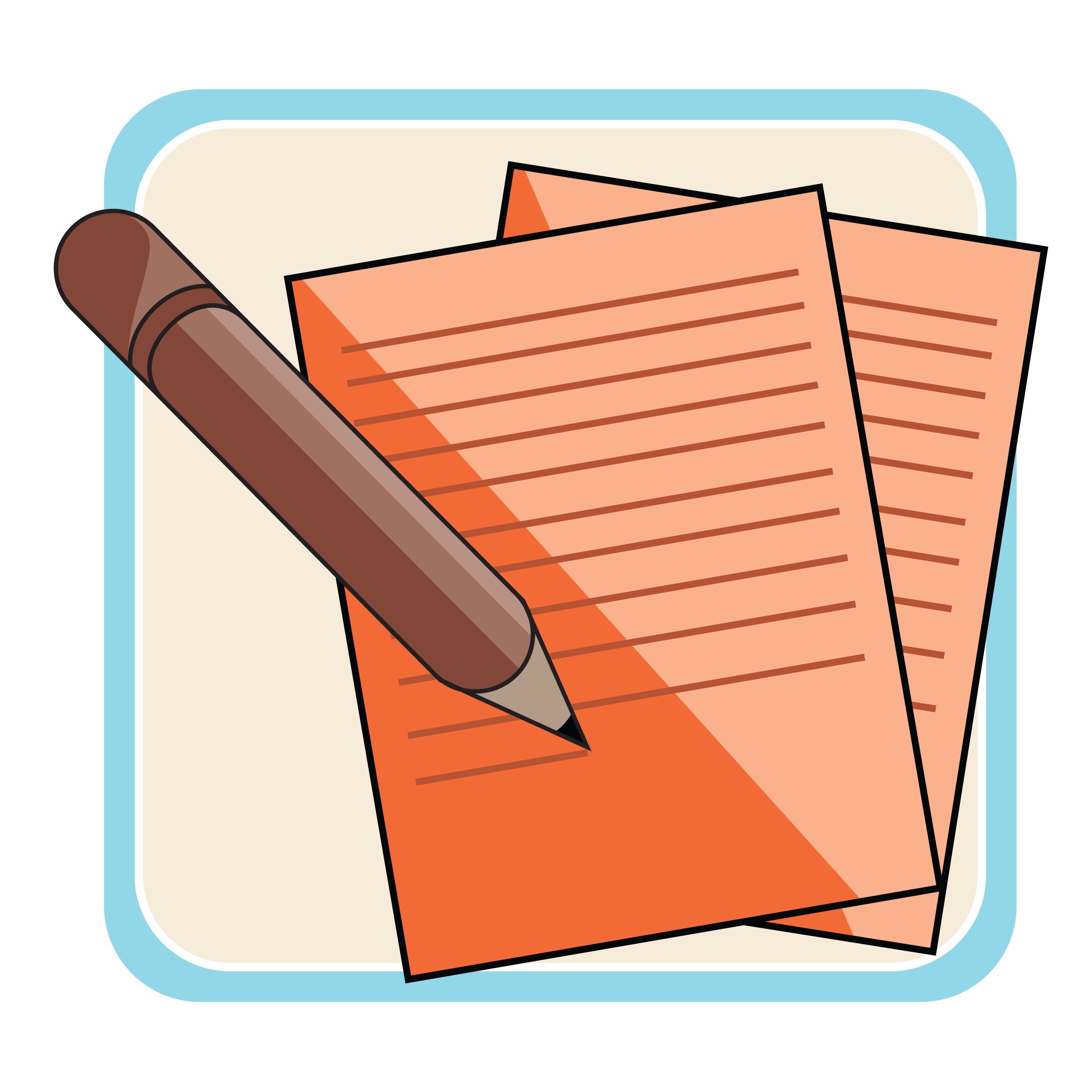You’re super confident when your teacher hands you an essay assignment. You’ve read the material and know exactly how to approach your arguments.
But then you sit and stare at a blank page, unsure how to start.
It happens to the best of us. Fortunately, because it’s a cause of concern for so many students, you’re not alone in the struggle.
And even better—you have me here to guide you through your introduction paragraph. Once you have your intro down, the rest will follow.
So let’s get started on starting your essay.
Reviewing What You Already Know

If you’ve been writing essays for a while, whether they’re literary analysis essays or compare and contrast papers, you probably know the basics.
Every teacher will tell you how important your thesis statement is for almost any type of essay you write. They’re not wrong to stress this.
A good thesis statement delivers a clear message of what your essay is about and helps give your reader a type of navigation guide throughout the reading experience. It also keeps the information in your essay focused as you write.
Another popular point for teachers to stress is the hook. This is usually the first sentence or two, and it serves to catch the reader’s attention. A good hook makes people want to read more.
But when you have your hook and thesis statement written, your introduction paragraph looks a little skimpy. You may feel like you need something more—and not just fluff.
What you need is to give some background on the topic between your hook and your thesis statement.
But what kind of information do you need?
What Else Goes Into an Introduction Paragraph?

You don’t want just some filler fluff to go into your intro paragraph. It needs to be relevant. It needs to be informative. It needs to be interesting.
No pressure, though.
Really, the type of information you include beyond a hook and a thesis statement depends somewhat on the type of essay you’ll be writing.
The main thing to remember is that you want to give some background information, however this applies to your particular essay.
Literary analyses
In essays involving literature, you might include information about the author and the circumstances surrounding the creation of the novel.
For example, if you were writing about Mary Shelley’s Frankenstein, you might mention that she wrote it as part of a competition among friends. You might also mention that it’s considered one of the first (or the first to some) examples of science fiction literature.
Argumentative/persuasive essays
In essays involving a debate of some sort, you could discuss the main views for and against the topic.
An essay about whether soda vending machines should be placed in public schools, for instance, may mention that those in favor would argue for the freedom of choice, while those against would argue that kids need to have healthier options.
Check out these annotated argumentative essay examples to see what works and what doesn’t in two different introductions.
History essays
Essays on historical topics should include background information that puts the topic of the essay into perspective.
If you were writing about the beginning of jazz, it would be important to note that New Orleans was the only place jazz could’ve been created because it had a period of time when segregation was not enforced as strictly as it was elsewhere.
What each of these has in common is that the extra information in your introduction paragraph should give your reader enough background to put your thesis statement, and the points that follow, into context.
Narrative essays

The exception to the rule is the narrative essay. Narrative essays tell the reader about a certain point in your life.
Introduction paragraphs in these types of essays usually have a hook, but typically don’t have a traditional thesis statement. They may or may not have background information, depending on how much or how little you want to give away in the beginning.
In a narrative essay, you’re building up a story, usually with some sort of moral or lesson in the end. This means you want a bit of mystery. The intro paragraph may not contain a lot of background information, but it should still give some context.
For example, if you’re writing about persevering in a bowling league, you could start out by setting the scene of your first league meeting—how your teammate dropped a ball on your foot, another teammate couldn’t stop yelling at her mom, and you didn’t get a single strike.
Those details would give context and allow the reader to see how far you came from the beginning to placing in a state competition (true story).
Need some inspiration? Explore these narrative essay examples.
What Not to Include in Your Introduction Paragraph

Again, what to include (and what not to include) depends on what type of essay you’re writing. The main idea is to keep it relevant.
If you’re refuting one argument of a great philosopher, you shouldn’t be talking about what every other philosopher has said on the subject (at least not yet). And you shouldn’t mention that philosopher’s other arguments and theories unless they’re relevant.
Stick to the topic.
If you struggle with this aspect of writing, try the TREE approach or a reverse outline to make sure your paper stays focused and on-topic.
It’s also important to keep your own arguments out of the way for now, except for what you write in your thesis statement. You’ll have time for that in the body section. But for now, you want to get your reader comfortable before presenting your hard-hitting evidence.
So you have the hook, added some context, and ended your introduction paragraph with a well-formed thesis, right? You’re almost done—just one more thing to check: your transitions.
Keeping Your Transitions Clean

Transitions are all about flow. Since I don’t know what type of essay you’re working on or what you chose as your hook, it’s hard to give super-detailed information about how to write your transitions. However, I do have a few general tips:
- Read your introduction out loud. If it sounds too choppy, you need to add transitions.
- You can use basic transitional words like “therefore” and “however,” but don’t become too reliant on these. Doing so can lead you to either sound like your writing skills are too basic or have the opposite effect and make your essay sound too formal (depending on which words you choose).
- Whatever words you choose, stick to a consistent tone. Using “therefore,” for instance, would work for a more formal tone. But if you immediately went into a conversational tone in the background information section, it can be somewhat jarring to your readers.
- Overall, make it flow. You may need to do a couple read-throughs and tweaks to get this right. Read and revise until it sounds good.
Reaching Out for Help When You Need It
If you’re still stuck, that’s okay. That’s what the Kibin editors are here for. They’ll look over your introduction paragraph, and the rest of your essay, to make sure you give enough (but not too much) detail and that each idea flows well into the next.
So get to writing!
